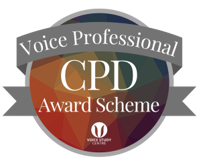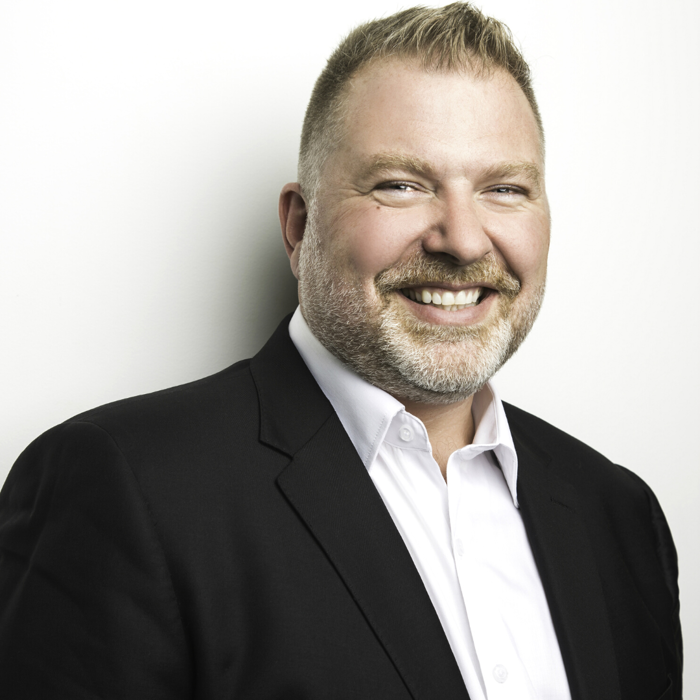Femininizing Speech in Trans Women through Twang and Medialising Techniques
Thursday 21st August 2025, 5:00 PM - 7:00 PM (London Time)
To feminize transwomen's voice and communicative expression involves knowledge and understanding of what contributes to a feminine-sounding voice.
Related to the trans womens' desires and needs, we form an explorative cooperation during voice and communication training. There are several methods and techniques to gain feminine-sounding voice. In this course, twang and medialising will be in focus. This evidence based presentation includes two steps:
1) The first involves learning the techniques, and..
2) learning to speak with natural speech sound.
Britt Bøyesen is a Speech and Language Therapist, educated in the University of Oslo. She has worked with voice and voice disorders for 25 years. She has lectured at several universities, in Speech and Language Therapy and voice disorders. Britt has an MA (cand musicae) from the Norwegian Academy of Music. She has singing pedagogy education from Bergen Conservatory of Music and Barratt Due`s Institute of Music. Britt has been working with professional voice users.
For the past 8 years, she has had a specialization in voice and communication in trans women. She has published the study Using Twang and Medialization Techniques to gain Feminine-Sounding Speech in Trans Women (Bøyesen and Hide, 2024). Britt presented the study at PEVoC (Pan European Voice Conference) in Tallinn. She also held a workshop at PEVoC in Ghent where she interactively demonstrated the techniques of twang and medialising, as well as talking of strategies for generalization to spontaneous speech. She has participated in an interdisciplinary project; Speech and Language Therapy and Music Therapy, which was developed for gender diversity people.
🏷️ Price £30 (UK VAT inclusive)
🎥 Recording automatically sent to all who book (even if you cannot attend live)
▶️ Rewatch as many times as you like
📜 Certificate of attendance available
Britt Boyesen
Britt Bøyesen is a Speech and Language Therapist, educated in the University of Oslo. She has worked with voice and voice disorders for 25 years. She has lectured at several universities, in Speech and Language Therapy and voice disorders

Attend this course for as little as £22 as part of the Voice Professional Training CPD Award Scheme.
Learn MoreSorry, this is an archived short course...
We have plenty of upcoming short courses coming soon. See details of some of them below or look at the full list of short courses.


Tuesday 2nd December 2025
2:00 PM - 4:00 PM
(London Time)
Vocal Health, Well-being and Hindustani Classical Music

Dr Sunny Sandhu
Join Dr Sunny Sandhu for a 2-hour course that introduces participants to the ancient practice of kharaj exercises in the Dhrupad tradition, focusing on the deep and resonant lower octave of the voice. Through guided breathing, slow tonal exploration, and sustained notes, students will learn techniques that strengthen the vocal cords, expand range, and develop clarity and stability in sound production!


Thursday 4th December 2025
5:00 PM - 7:00 PM
(London Time)
(R)evolutionary Voice Training: harnessing human instinct to accelerate vocal transformation!

Maddie Tarbox
Human beings and our vertebrate ancestors have been communicating via vocalization for millions of years – those sounds did not start as complex language, but as animal mimicry, acoustic cuing, and emotional primal sounds. Join Maddie Tarbox for this two hour session as she unpicks the repertoire of instinctive shortcuts that can lower cognitive load and accelerate vocal change!


Tuesday 9th December 2025
5:00 PM - 7:00 PM
(London Time)
Low Male Voices (LMVs): Development, Technique, and Repertoire

Dr Dann Mitton
Join Dr Dann Mitton for this two hour workshop where he explores the Development, Techniques, and Repertoire favoured for Low Male Voices (LMVs). Typically labelled as 'Bass' and 'Baritone', these classifications are used in classical music, choral settings, and vocal pedagogy to help determine suitable repertoire and vocal roles. In contemporary music, the distinctions are less rigid but still useful for understanding vocal range and timbre.
